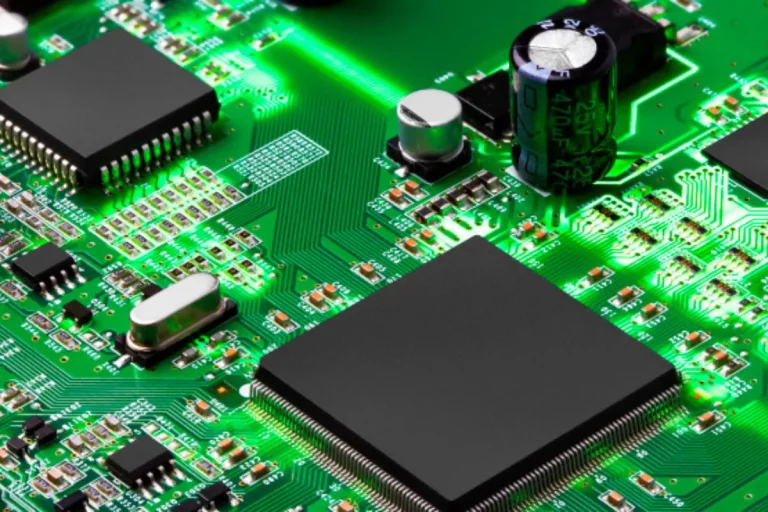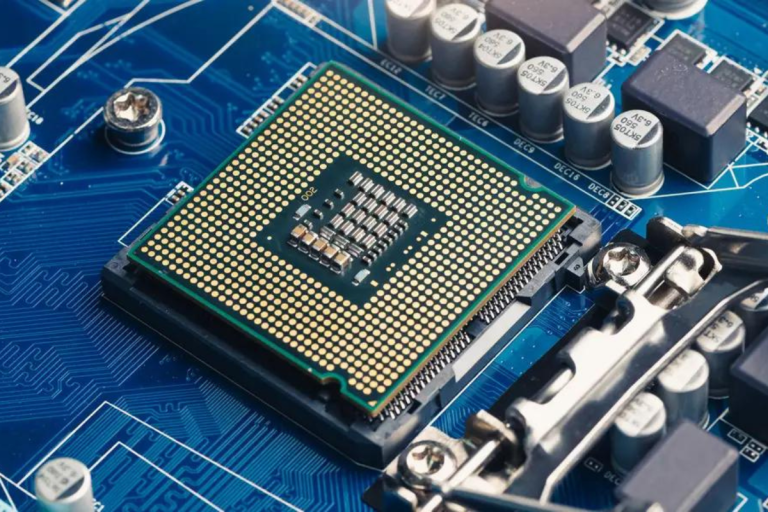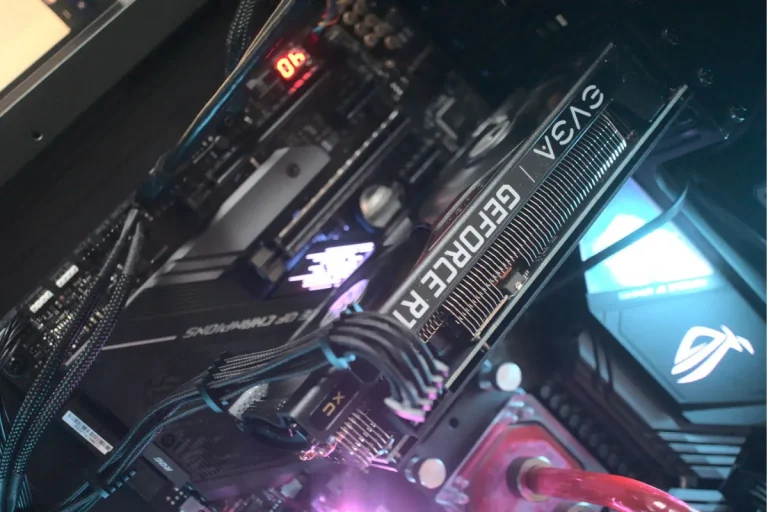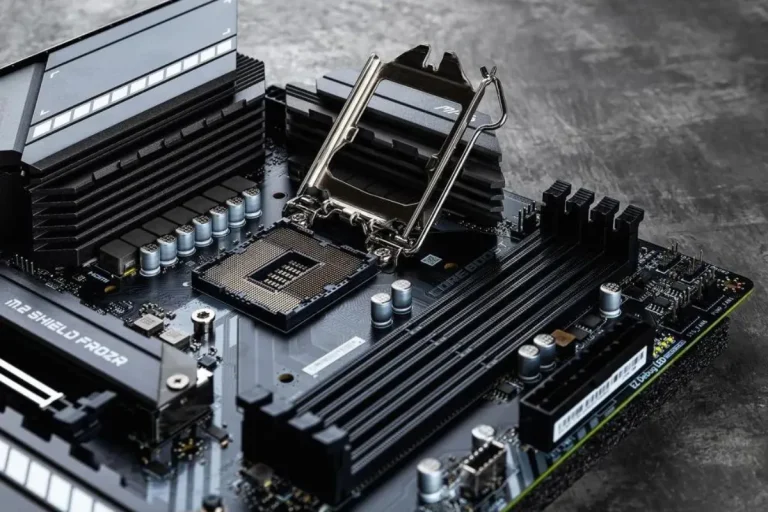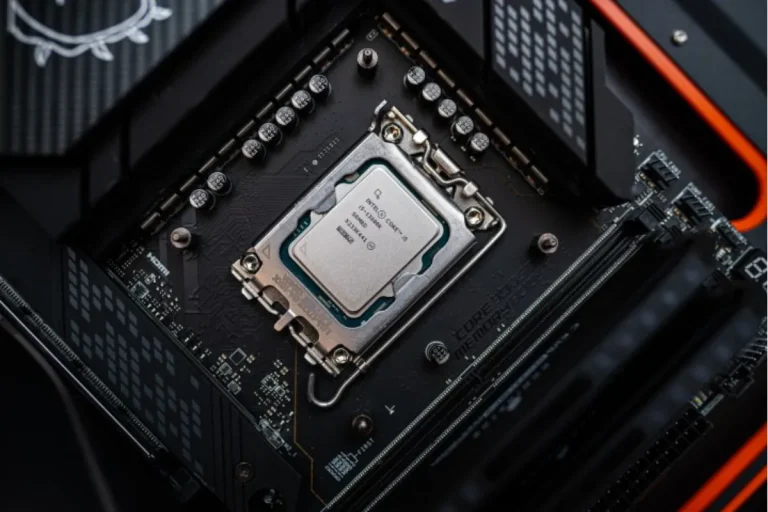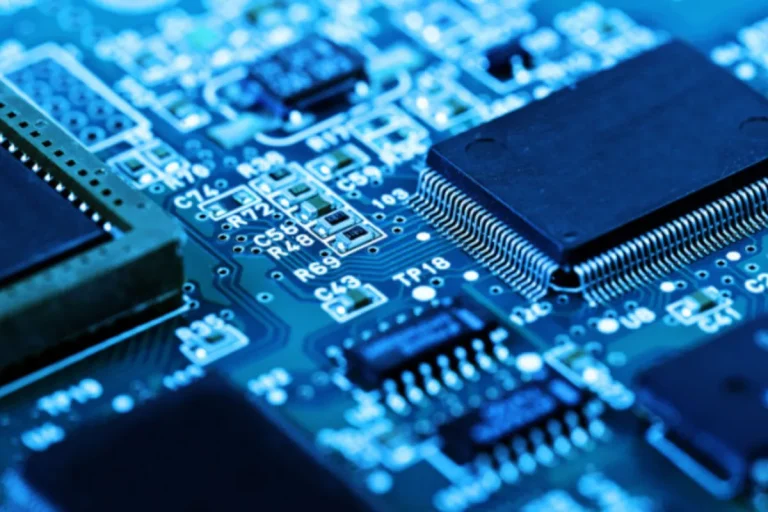When was the last motherboard manufactured with an AGP slot?
Are you curious to know when the last motherboard with an AGP slot, the Accelerated Graphics Port, was manufactured? Well, buckle up as we take a trip down memory lane and explore the evolution of computer hardware. From the early days of gaming to the rise of modern graphics technology, let’s uncover the story behind AGP and its eventual replacement.
Decline of AGP
Technology is constantly evolving, and as new advancements emerge, older technologies often fade away. This was the case with AGP (Accelerated Graphics Port), which experienced a decline as a result of several key factors.
Emergence of PCI Express
As AGP began to show its limitations, a new standard called PCI Express (PCIe) emerged as its successor. PCIe offered several advantages over AGP, making it a more viable option for graphics card connectivity. With increased bandwidth and improved scalability, PCIe allowed for faster data transfer rates and better overall performance.
Reasons for AGP’s Decline
One of the primary reasons behind AGP’s decline was its limited bandwidth. As technology advanced and graphics cards became more powerful, the demand for higher data transfer rates increased. AGP’s bandwidth simply couldn’t keep up with these growing requirements, which led to a decline in its popularity.
Decline of AGP
Technology is constantly evolving, and as new advancements emerge, older technologies often fade away. This was the case with AGP (Accelerated Graphics Port), which experienced a decline as a result of several key factors.
Emergence of PCI Express
As AGP began to show its limitations, a new standard called PCI Express (PCIe) emerged as its successor. PCIe offered several advantages over AGP, making it a more viable option for graphics card connectivity. With increased bandwidth and improved scalability, PCIe allowed for faster data transfer rates and better overall performance.
Reasons for AGP’s Decline
One of the primary reasons behind AGP’s decline was its limited bandwidth. As technology advanced and graphics cards became more powerful, the demand for higher data transfer rates increased. AGP’s bandwidth simply couldn’t keep up with these growing requirements, which led to a decline in its popularity.
Transition to PCI Express
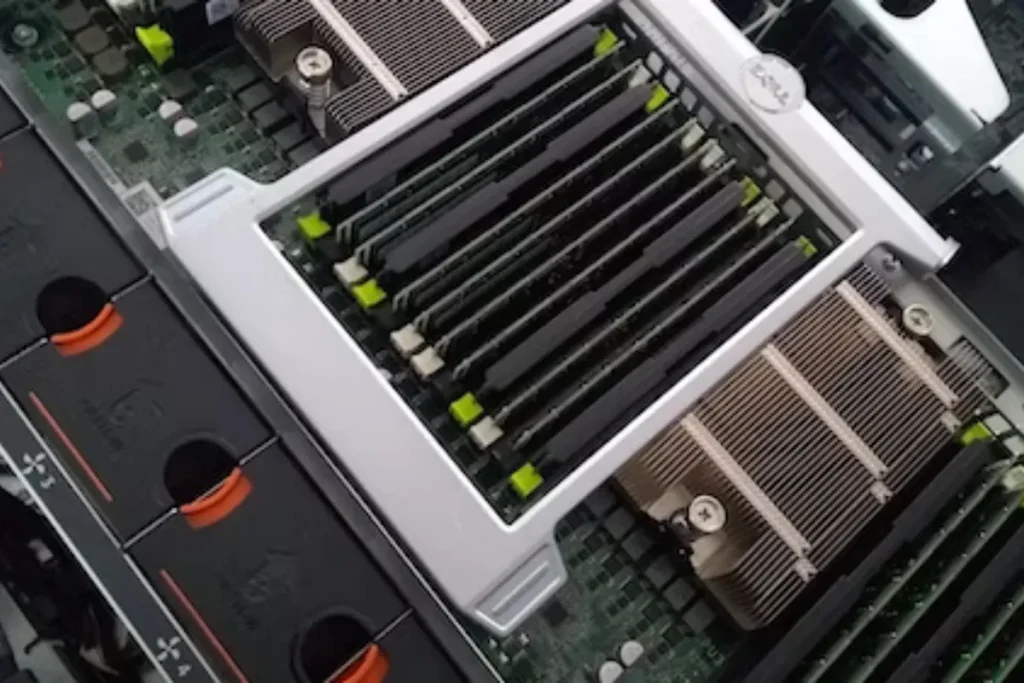
Technology is constantly evolving, and one of the major shifts in the world of computer hardware was the transition from AGP (Accelerated Graphics Port) to PCI Express. This transition brought about significant improvements in terms of performance and scalability.
Benefits of PCI Express
One of the key advantages of PCI Express (PCIe) over AGP is its increased bandwidth. PCIe provides higher data transfer rates, allowing for faster and more efficient communication between the motherboard and the graphics card. This results in improved graphics performance, smoother gameplay, and enhanced visual experiences.
Widespread Adoption of PCI Express
The adoption of PCI Express in modern motherboards has been widespread and almost universal. Motherboard manufacturers quickly recognized the benefits that PCIe offered and made the transition from AGP to PCIe to keep up with the demands of the evolving technology landscape.
Today, if you purchase a new motherboard, it is highly likely that it will come equipped with PCIe slots. These slots provide compatibility with the latest graphics cards, network cards, and storage devices. The wide availability of PCIe-enabled motherboards has made it easier for users to upgrade their systems and take advantage of the latest hardware advancements.
FAQs
1. What are the different generations of motherboards?
The different generations of motherboards include the early ISA (Industry Standard Architecture) slots, followed by PCI (Peripheral Component Interconnect), AGP (Accelerated Graphics Port), and the modern PCIe (Peripheral Component Interconnect Express) slots.
2. What were ISA slots used for?
ISA slots were used for connecting expansion cards to the motherboard, such as sound cards, network cards, and modems. However, ISA slots are now obsolete and have been replaced by faster and more advanced slots.
3. What is the significance of AGP slots?
AGP slots were introduced in the late 1990s as dedicated slots for graphics cards. They provided faster data transfer rates compared to the previous PCI slots, allowing for improved graphics performance and better gaming experiences.
4. How does AGP differ from PCIe?
AGP and PCIe are both dedicated slots for graphics cards, but there are significant differences between them. AGP had limited bandwidth and scalability, while PCIe offers higher data transfer rates and flexible lane configurations, making it more suitable for modern graphics cards.
5. Are AGP slots still present in modern motherboards?
No, AGP slots are no longer present in modern motherboards. They were phased out with the widespread adoption of PCIe.
Conclusion
In the ever-evolving world of technology, the last motherboard manufactured with an AGP slot bid farewell quite a while ago. As new standards like PCIe emerged, AGP gradually faded into the past, making way for faster and more advanced graphics card connections. AGP may have had its time, but its legacy lives on in the history of motherboard evolution.
